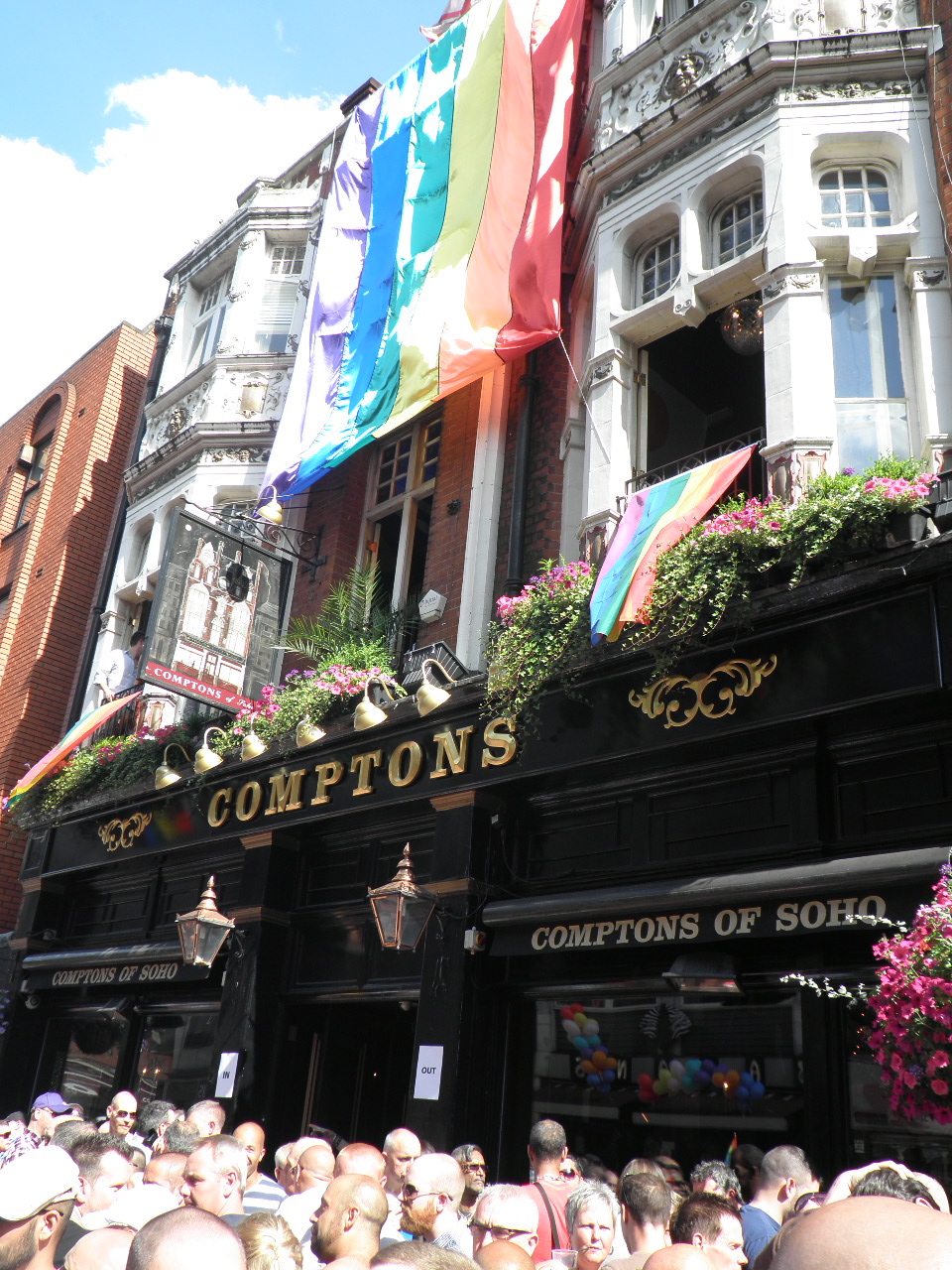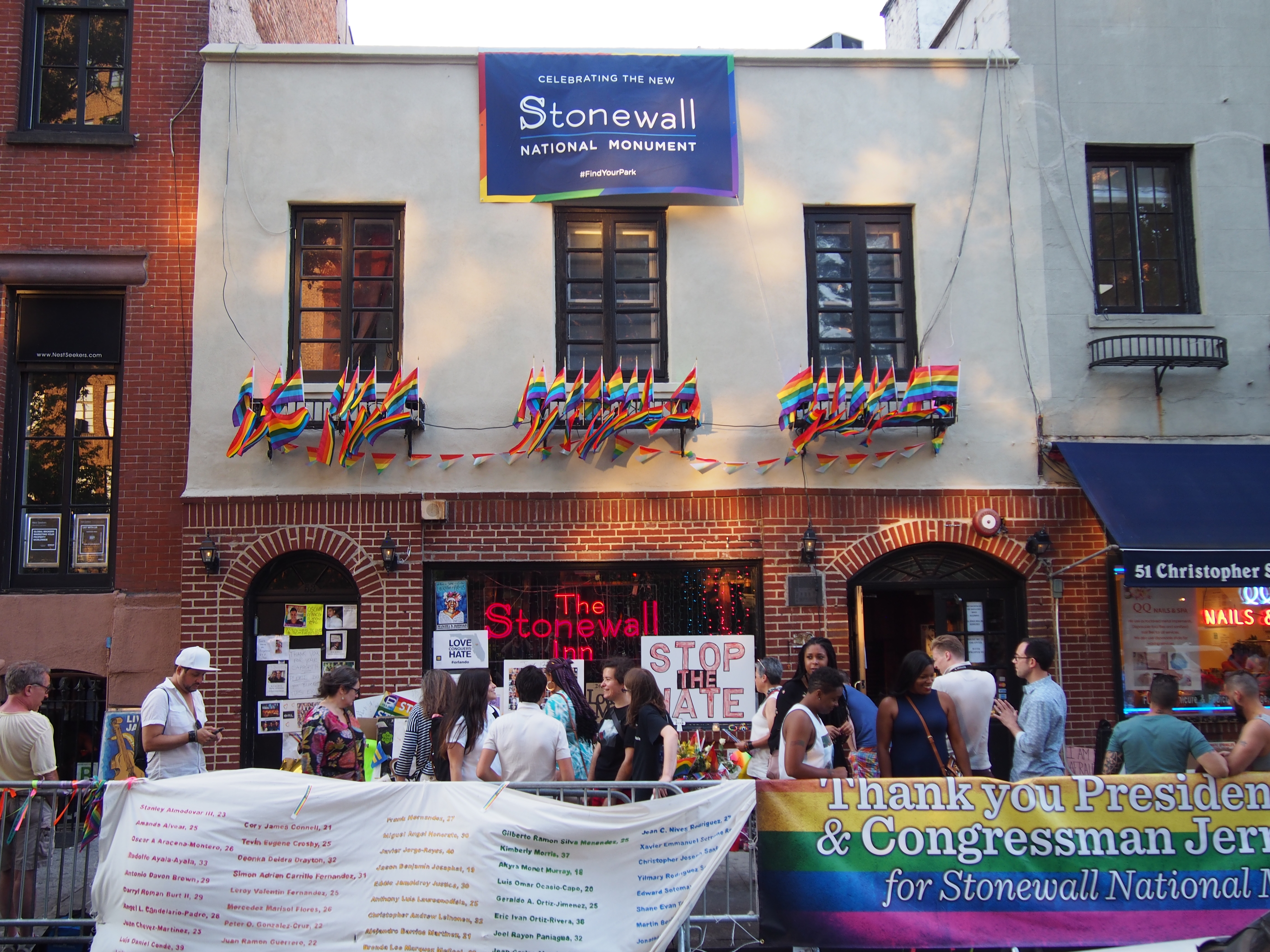|
Black Eagle (Montreal)
Black Eagle (French: Aigle Noir or L'Aigle Noir) is a gay bar in Montreal, Quebec, Canada. It attracts "leather and jeans" clientele, and screens pornography. The venue has theme nights, "draws a devoted crowd of 20-40 something men", and caters to the bear and leather subcultures. See also * The Eagle (bar) The Eagle is a name used by multiple gay bars. It is not a Franchising, franchise or Chain store, chain of gay bars, but rather a name adopted by bars inspired by Eagle NYC, The Eagle's Nest, a leather subculture, leather bar in New York City. Ba ... References Bear (gay culture) Gay culture in Canada Leather bars and clubs LGBTQ culture in Montreal LGBTQ drinking establishments in Canada Ville-Marie, Montreal {{LGBT-stub ... [...More Info...] [...Related Items...] OR: [Wikipedia] [Google] [Baidu] |
Montreal
Montreal ( ; officially Montréal, ) is the List of the largest municipalities in Canada by population, second-most populous city in Canada and List of towns in Quebec, most populous city in the Provinces and territories of Canada, Canadian province of Quebec. Founded in 1642 as ''Fort Ville-Marie, Ville-Marie'', or "City of Mary", it is named after Mount Royal, the triple-peaked hill around which the early city of Ville-Marie is built. The city is centred on the Island of Montreal, which obtained its name from the same origin as the city, and a few much smaller peripheral islands, the largest of which is Île Bizard. The city is east of the national capital Ottawa, and southwest of the provincial capital, Quebec City. As of 2021, the city had a population of 1,762,949, and a Census Metropolitan Area#Census metropolitan areas, metropolitan population of 4,291,732, making it the List of the largest municipalities in Canada by population, second-largest city, and List of cen ... [...More Info...] [...Related Items...] OR: [Wikipedia] [Google] [Baidu] |
Gay Bar
A gay bar is a drinking establishment that caters to an exclusively or predominantly lesbian, gay, bisexual, and transgender (LGBT) clientele; the term ''gay'' is used as a broadly inclusive concept for LGBT communities. Gay bars once served as the centre of gay culture and were one of the few places people with same-sex orientations and gender-variant identities could openly socialize. Other names used to describe these establishments include ''boy bar'', ''girl bar'', ''gay club'', ''gay pub'', ''queer bar'', ''lesbian bar'', ''drag bar'', and '' dyke bar'', depending on the niche communities that they served. With the advent of the Internet and an increasing acceptance of LGBT people across the Western world, the relevance of gay bars in the LGBT community has somewhat diminished. In areas without a gay bar, certain establishments may hold a gay night instead. History Gathering places favoured by homosexuals have operated for centuries. Reports from as early as the 17th ce ... [...More Info...] [...Related Items...] OR: [Wikipedia] [Google] [Baidu] |
New York (magazine)
''New York'' is an American biweekly magazine concerned with life, culture, politics, and style generally, and with a particular emphasis on New York City. Founded by Milton Glaser and Clay Felker in 1968 as a competitor to ''The New Yorker'', it was brasher and less polite, and established itself as a cradle of New Journalism. Over time, it became more national in scope, publishing many noteworthy articles on American culture by writers such as Tom Wolfe, Jimmy Breslin, Nora Ephron, John Heilemann, Frank Rich, and Rebecca Traister. In its 21st-century incarnation under editor-in-chief Adam Moss, "The nation's best and most-imitated city magazine is often not about the city—at least not in the overcrowded, traffic-clogged, five-boroughs sense", wrote then-''Washington Post'' media critic Howard Kurtz, as the magazine increasingly published political and cultural stories of national significance. Since its redesign and relaunch in 2004, the magazine has won more National Mag ... [...More Info...] [...Related Items...] OR: [Wikipedia] [Google] [Baidu] |
Bear (gay Culture)
In gay culture, a bear is a larger and often hairier man who projects an image of rugged masculinity. The bear concept can function as an identity or an affiliation, and there is ongoing debate in bear communities about what constitutes a bear. Some bears place importance on presenting a clear masculine image and may disdain or shun men who exhibit effeminacy,Ron Jackson Suresha, (2002). ''Bears on Bears: Interviews and Discussions''. "Bear Ages and Stages", pages 54–58, 149, 179, 236, 260–262, 294. Los Angeles: Alyson Publications. Retrieved on 2008-09-29 . while others consider acceptance and inclusivity of all behavioral types to be an important value of the community. History In the mid-1980s, gay men in the San Francisco Bay Area who called themselves "bears" met informally at Bear Hug ( sex) parties and via the newly-emerging Internet. The term ''bear'' was popularized by Richard Bulger, who, along with his then partner Chris Nelson (1960–2006), founded ''Bear ... [...More Info...] [...Related Items...] OR: [Wikipedia] [Google] [Baidu] |
Leather Subculture
Leather subculture denotes practices and styles of dress organized around sexual activities that involve leather garments, such as leather jackets, vests, boots, chaps, harnesses, or other items. Wearing leather garments is one way that participants in this culture self-consciously distinguish themselves from mainstream sexual cultures. Many participants associate leather culture with BDSM (Bondage/Discipline, Dominance/Submission, Sado/Masochism, also called "SM" or "S&M") practices and its many subcultures. For some, black leather clothing is an erotic fashion that expresses heightened masculinity or the appropriation of sexual power; love of motorcycles, motorcycle clubs and independence; and/or engagement in sexual kink or leather fetishism."Elegy for the Valley of Kings," by Gayle Rubin, in ''In Changing Times: Gay Men and Lesbians Encounter HIV/AIDS,'' ed. Levine et al., University of Chicago Press History Male leather culture has existed since the late 1940s, whe ... [...More Info...] [...Related Items...] OR: [Wikipedia] [Google] [Baidu] |
The Eagle (bar)
The Eagle is a name used by multiple gay bars. It is not a Franchising, franchise or Chain store, chain of gay bars, but rather a name adopted by bars inspired by Eagle NYC, The Eagle's Nest, a leather subculture, leather bar in New York City. Bars that use the name "Eagle" typically cater to a clientele of gay men in leather and other Kink (sexuality), kink subcultures. As of 2017, over 30 gay bars in locations around the world operate under the name "Eagle". History The first gay bar to operate under the name "The Eagle" was Eagle NYC, The Eagle's Nest (now named Eagle NYC), located in New York City. The bar originally operated as a longshoreman's tavern that opened in 1931 under the name Eagle Open Kitchen. Prompted by the Stonewall riots in 1969 and subsequent growth of the city's gay culture, the tavern's owners converted the establishment into a gay bar in 1970. The Eagle's Nest became a popular gathering point for the city's gay leather subculture, biker groups, and sport ... [...More Info...] [...Related Items...] OR: [Wikipedia] [Google] [Baidu] |
Gay Culture In Canada
''Gay'' is a term that primarily refers to a homosexual person or the trait of being homosexual. The term originally meant 'carefree', 'cheerful', or 'bright and showy'. While scant usage referring to male homosexuality dates to the late 19th century, that meaning became increasingly common by the mid-20th century. In modern English, ''gay'' has come to be used as an adjective, and as a noun, referring to the community, practices and cultures associated with homosexuality. In the 1960s, ''gay'' became the word favored by homosexual men to describe their sexual orientation. By the end of the 20th century, the word ''gay'' was recommended by major LGBT groups and style guides to describe people attracted to members of the same sex, (Reprinted fro American Psychologist, Vol 46(9), Sep 1991, 973-974) although it is more commonly used to refer specifically to men. At about the same time, a new, pejorative use became prevalent in some parts of the world. Among younger speakers, ... [...More Info...] [...Related Items...] OR: [Wikipedia] [Google] [Baidu] |
Leather Bars And Clubs
Leather is a strong, flexible and durable material obtained from the tanning, or chemical treatment, of animal skins and hides to prevent decay. The most common leathers come from cattle, sheep, goats, equine animals, buffalo, pigs and hogs, and aquatic animals such as seals and alligators. Leather can be used to make a variety of items, including clothing, footwear, handbags, furniture, tools and sports equipment, and lasts for decades. Leather making has been practiced for more than 7,000 years and the leading producers of leather today are China and India. Animal rights groups claim that modern commercial leather making and the consumption of its products is unethically killing animals. According to the life-cycle assessment (LCA) report for the United Nations Industrial Development Organization, 99% of the raw hides and skins used in the production of leather derive from animals raised for meat and/or dairy production. Critics of tanneries claim that they engage in uns ... [...More Info...] [...Related Items...] OR: [Wikipedia] [Google] [Baidu] |
LGBTQ Culture In Montreal
' is an initialism that stands for lesbian, gay, bisexual, and transgender. In use since the 1990s, the initialism, as well as some of its common variants, functions as an umbrella term for sexuality and gender identity. The LGBT term is an adaptation of the initialism ', which began to replace the term ''gay'' (or ''gay and lesbian'') in reference to the broader LGBT community beginning in the mid-to-late 1980s. When not inclusive of transgender people, the shorter term LGB is still used instead of LGBT. It may refer to anyone who is non-heterosexual or non- cisgender, instead of exclusively to people who are lesbian, gay, bisexual, or transgender. To recognize this inclusion, a popular variant, ', adds the letter ''Q'' for those who identify as queer or are questioning their sexual or gender identity. The initialisms ''LGBT'' or ''GLBT'' are not agreed to by everyone that they are supposed to include. History of the term The first widely used term, ''homosexual ... [...More Info...] [...Related Items...] OR: [Wikipedia] [Google] [Baidu] |
LGBTQ Drinking Establishments In Canada
' is an initialism that stands for lesbian, gay, bisexual, and transgender. In use since the 1990s, the initialism, as well as some of its common variants, functions as an umbrella term for sexuality and gender identity. The LGBT term is an adaptation of the initialism ', which began to replace the term ''gay'' (or ''gay and lesbian'') in reference to the broader LGBT community beginning in the mid-to-late 1980s. When not inclusive of transgender people, the shorter term LGB is still used instead of LGBT. It may refer to anyone who is non-heterosexual or non- cisgender, instead of exclusively to people who are lesbian, gay, bisexual, or transgender. To recognize this inclusion, a popular variant, ', adds the letter ''Q'' for those who identify as queer or are questioning their sexual or gender identity. The initialisms ''LGBT'' or ''GLBT'' are not agreed to by everyone that they are supposed to include. History of the term The first widely used term, ''homosexual ... [...More Info...] [...Related Items...] OR: [Wikipedia] [Google] [Baidu] |





